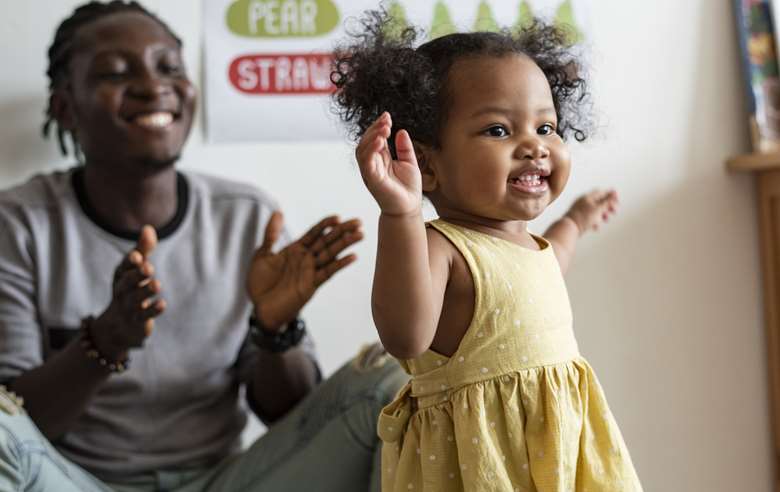Moving on up: Early Years
Mary Price-O’Connor
Tuesday, June 1, 2021
What has it been like teaching Early Years music in a pandemic? In our second EY update, Mary Price-O’Connor shares her experience with music and movement

RawPixel.com / Adobe Stock
I've taught Early Years music over two decades and hold the Professional Dalcroze Eurhythmics Teaching Certificate. I've always had to be flexible as a teacher but, inevitably, no year has stretched me as far as this one; and my underlying motto throughout has been to ask: ‘What is possible?’
Dalcroze Eurhythmics is a kinaesthetic music education through the body, with an emphasis on ‘sound before symbol’; taught traditionally in a hall space with the teacher leading barefoot pupils in their musical education through improvisation at the piano using songs and games. It was and continues to be an education for all ages. It has also been a part of EYFS music lessons for almost a century in the UK and is commonly known as ‘music and movement’.
When in the first lockdown came last March and my first challenge was teaching asynchronously, I looked to the past for inspiration. In the mid-20th century, Dalcroze teachers Ann Driver (UK) and Heather Gell (Australia) were the teachers of music and movement lessons broadcast over the radio. I knew it would be possible, in this spirit, to create short lessons in the form of audio recordings to send out to my schools.
I used games familiar to the students so that they could orientate themselves in their new learning spaces – games like ‘Go, Stop, Melt’. For this I start by playing something rapid to incite fast movement for ‘go’; they need to ‘stop’ with me; I play a descending slow motif for ‘melt’ and the students melt slowly to the floor. We repeat this a couple of times, and I don't use words – the children respond to the music. I improvise on the piano, but this could be done with any instrument.
A beloved pitch game, ‘The Bear Game’ invites students to skip through an imaginary wood (the teacher playing a skipping tune in compound time) and come to a stop when the music does, to listen. If the music is a high-pitched trill, the children point to an imagined bird in a tree, and if the trill is low, they all go ‘together’ to a safe space.
Promoting movement
In the early 20th century, Jaques Dalcroze sent his teachers to demonstrate all over the world and the method became established internationally. When, by April, we knew we would have to deliver our teaching over Zoom, teachers in the UK were able to meet up virtually with Dalcroze teachers worldwide who had been teaching online for a few weeks and who were able to guide and advise us. Things became more possible.
I was keen to keep the children moving creatively in their online spaces. I created a warm-up game where various icons (I chose to draw motifs from Miro's paintings onto card) were held up for the students as a prompt to move using a short piece of music. Icons included a cat, something that flies, a moustache, an eye for the child to come very close to the camera, and a tiny figure so they would move to the other side of the room and explore its depth, developing their proprioception and creativity.
This time, ‘The Bear Game’ involved hiding in the room, and the children would suddenly scatter out of view. Here we are in another dimension, a blurring of play/learning, with children learning in their ‘playing space’. I have invited parents and siblings to participate in my lessons, which has also been a delightful experience of integration and sharing.
Evolving and adapting
The Autumn term found me teaching Eurhythmics online, face-to-face, and a new experience: teaching outside to a nursery class, where I led the sessions with my violin, freeing me to move among and with the children. However, January's lockdown meant that all classes have been over Zoom. I now start lessons with ‘Mission Impossible’, playing the theme tune while pupils are charged with a task. This is sometimes scavenging, or using an accompanying toy. These lessons have been increasingly playful; a child (unprompted) finding a fluorescent jacket during a building game one week, becoming a dragon costume the next. This playing has been invaluable.
So, as we return from ‘learning in playing spaces’ back into our classrooms, I invite all music teachers to experiment more fully with the valuable practice of playing in learning spaces, as well as paying attention to what is needed in terms of the physical, social and emotional. I also invite any music teachers to explore further Dalcroze Eurhythmics, a methodology that is both enriching and adaptable.

